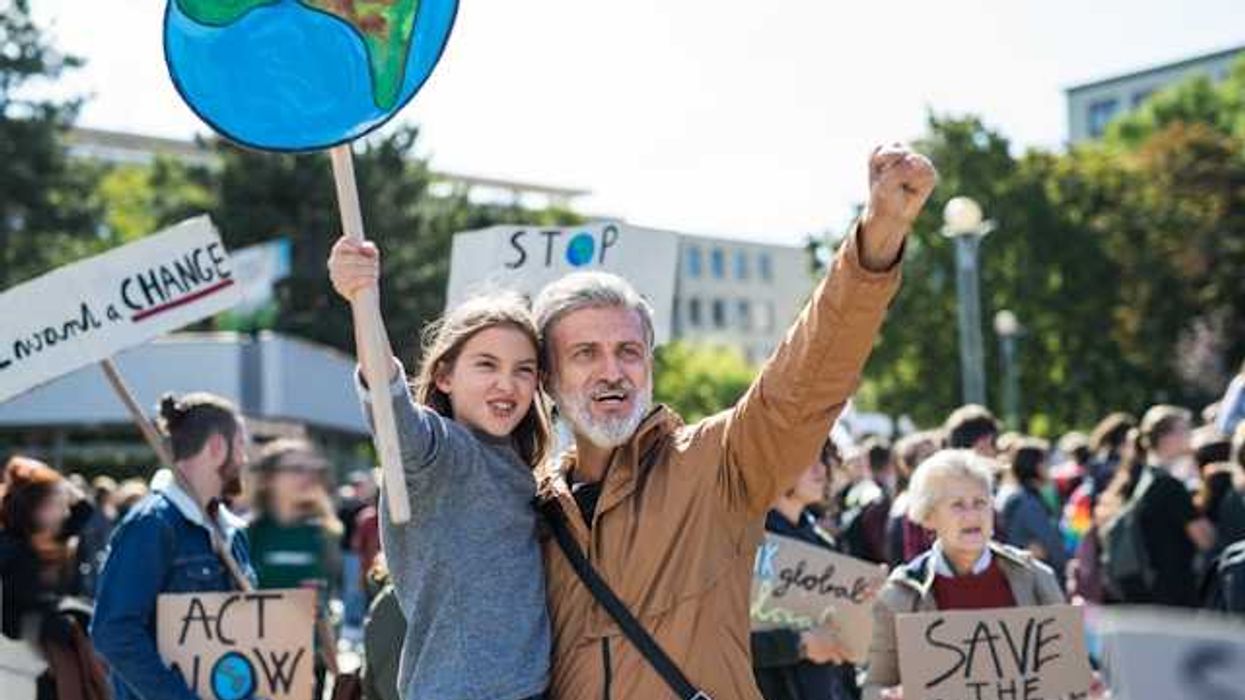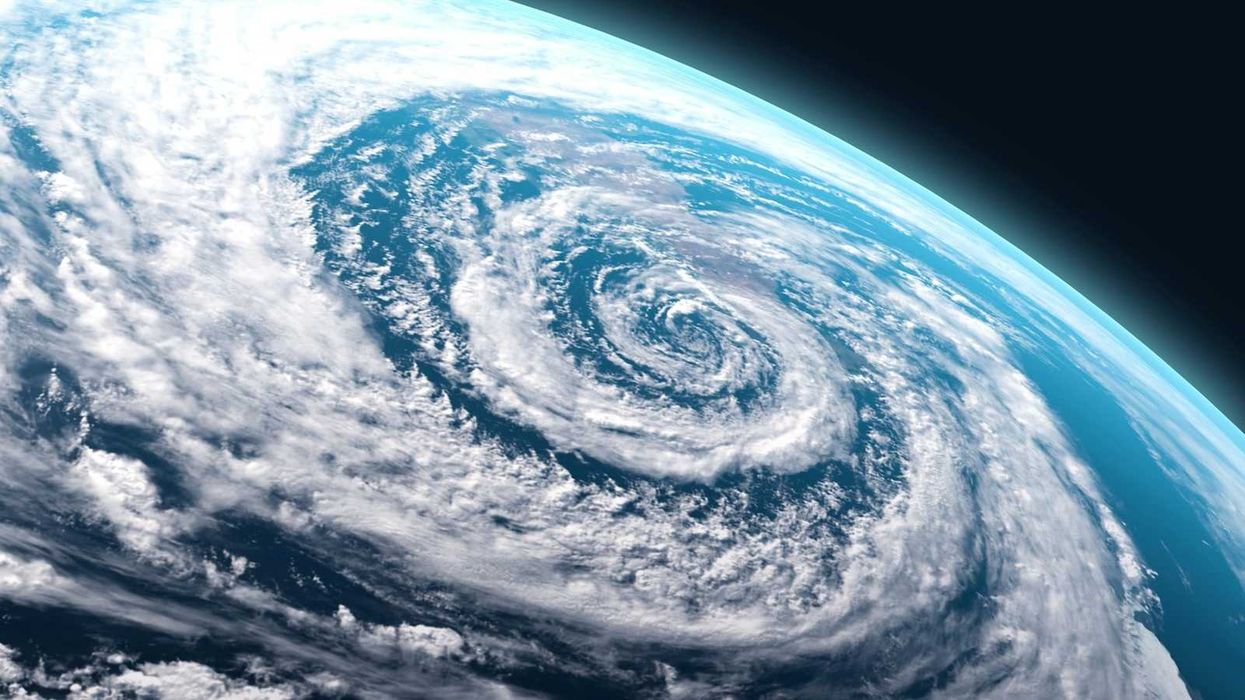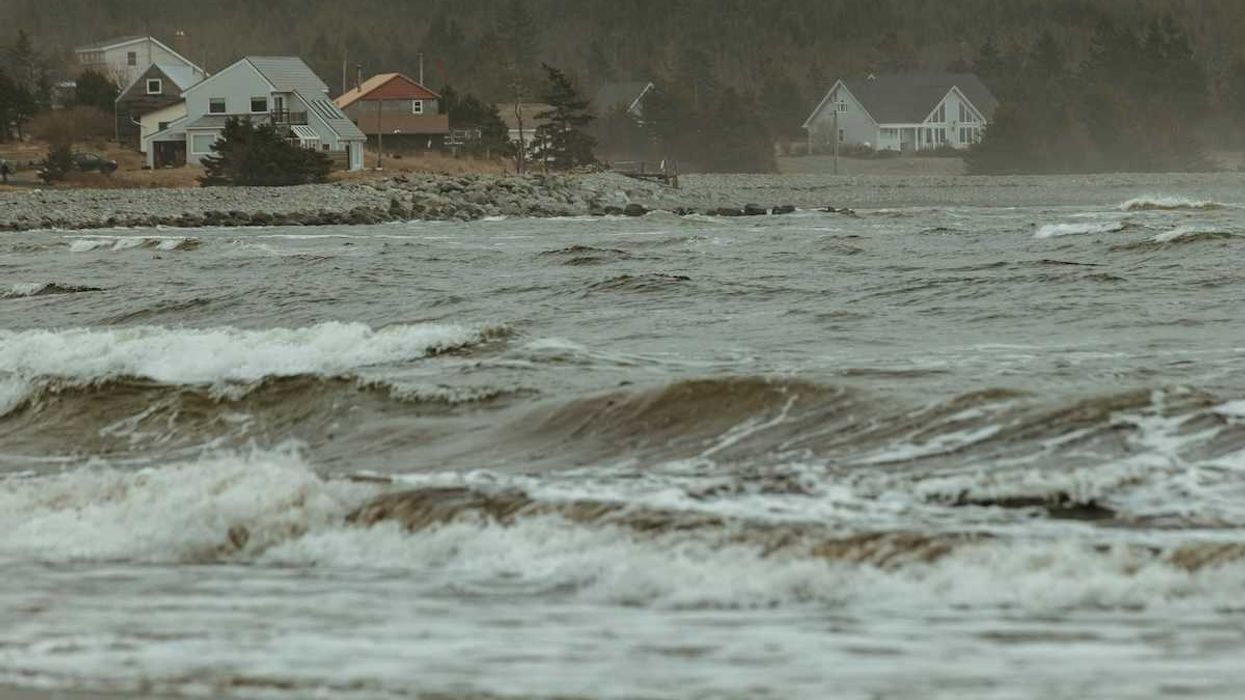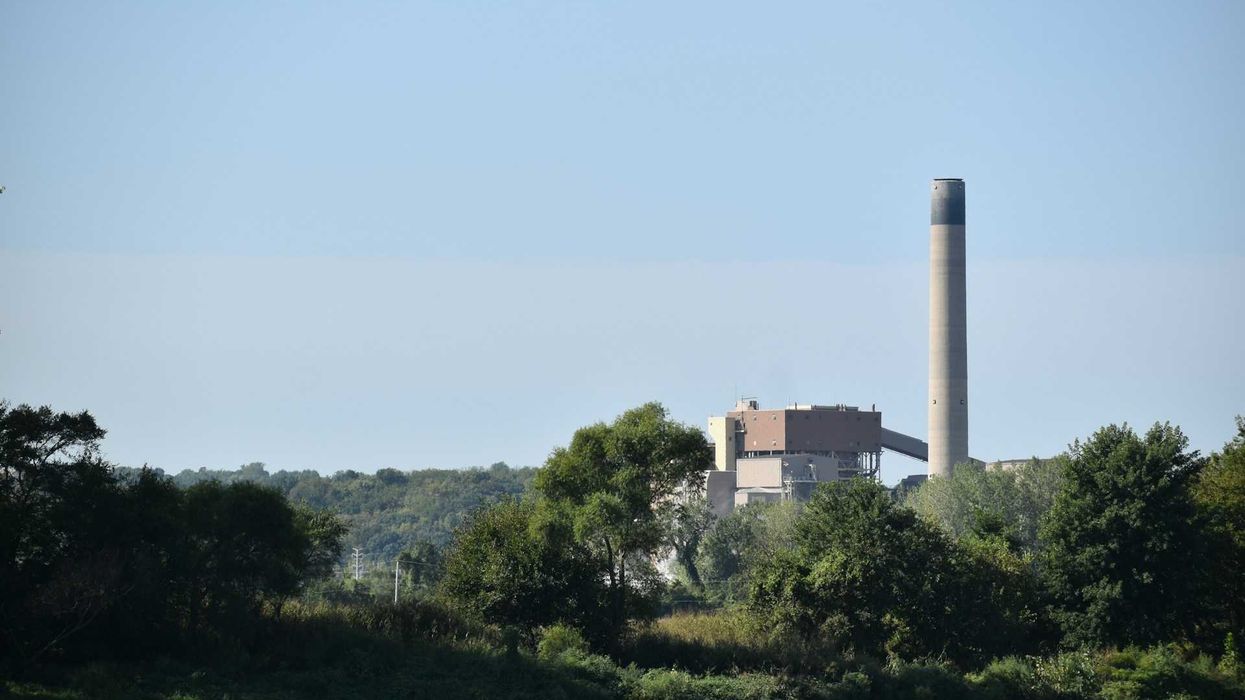In a Cairo neighborhood long stigmatized for its role in waste collection, a new generation of young recyclers is reclaiming dignity, income, and environmental action by tackling Egypt’s mounting plastic problem head-on.
Stefanie Glinski reports for The Guardian.
In short:
- Cairo’s Manshiyet Nasr community, often called “Garbage City,” processes up to 80% of the city’s waste, with young residents like Mina Nedi choosing recycling over white-collar careers to help reduce plastic pollution.
- Despite ongoing stigma and poor infrastructure, the area’s recyclers are gaining respect as public awareness about climate change and plastic waste grows, with some now educating others and shifting local perceptions.
- Egypt produces around 100 million tons of solid waste each year, and its limited waste management capacity has left community-led efforts, like those in Manshiyet Nasr, essential to managing the country’s trash burden.
Key quote:
“Climate change, plastic pollution, microplastics. Awareness is growing among young people in Egypt.”
— Mina Nedi, plastic collector and nursing graduate
Why this matters:
Egypt’s plastic problem is part of a larger regional and global crisis. The Middle East and North Africa release more plastic into the ocean per person than any other region, and plastic production is now a major driver of greenhouse gas emissions. In Cairo, rapid urban growth and poor municipal infrastructure have turned neighborhoods like Manshiyet Nasr into makeshift environmental hubs. These communities bear the physical burden of managing waste others leave behind, often at great personal cost. But they’re also revealing how informal systems can keep cities functioning when public services fall short. Their labor, often invisible and undervalued, is not only cleaning up the streets but helping slow the flow of plastics into landfills, waterways, and the Mediterranean Sea.














